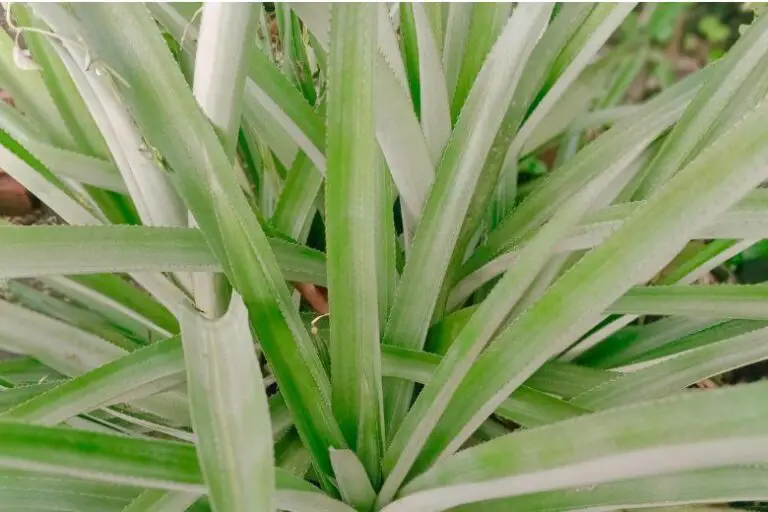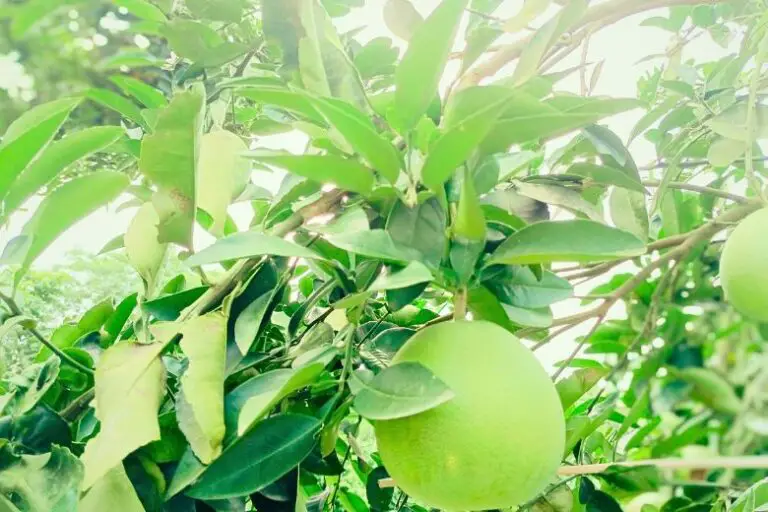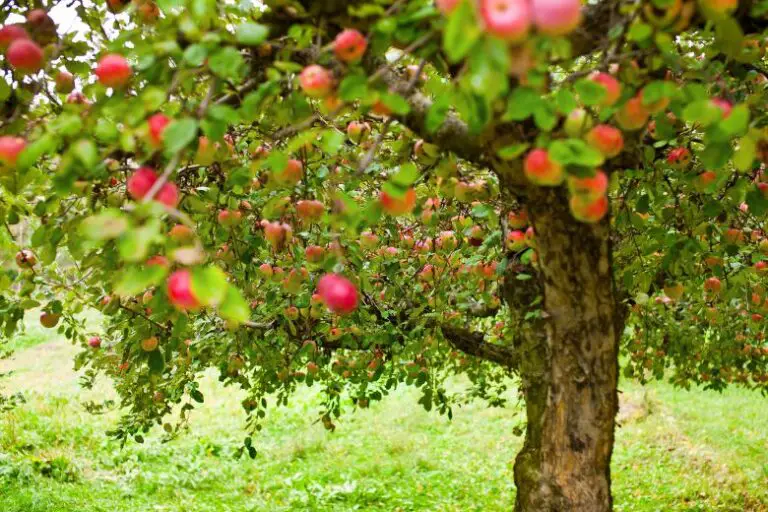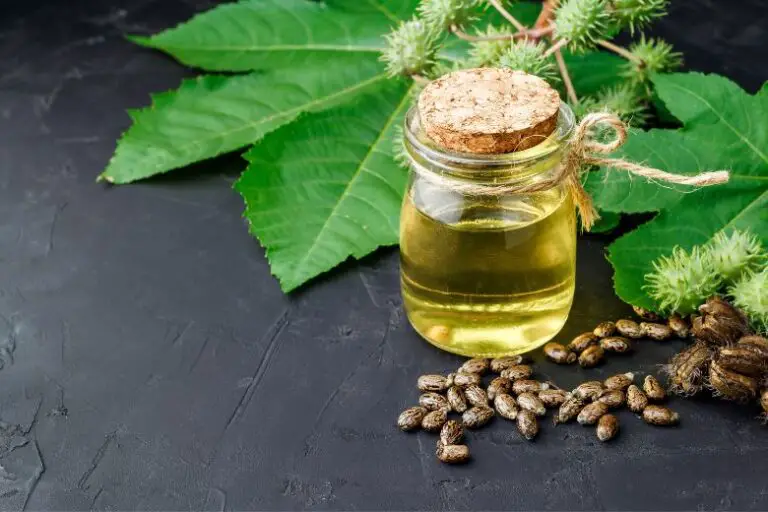Can Pineapples Be Grown in Containers
Container gardening has gained immense popularity among gardening enthusiasts due to its convenience and versatility.
It allows individuals to cultivate various plants in limited spaces, including fruit-bearing plants like pineapples. In this article,
we will explore the feasibility of growing pineapples in containers and provide you with valuable insights on how to successfully do so.
Understanding Container Gardening
Container gardening offers several advantages for both beginners and experienced gardeners. It enables individuals to have a garden even in small spaces such as balconies, patios, or windowsills. Additionally, containers provide better control over soil quality, moisture levels, and exposure to sunlight, allowing for optimal plant growth.
When it comes to choosing plants for container gardening, it is important to consider their suitability for growing in confined spaces. Some plants thrive in containers, while others may require more extensive root systems or larger spaces. Fortunately, pineapples are well-suited for container gardening due to their compact size and adaptability.
Pineapple Plant Overview
Before delving into the specifics of container gardening for pineapples, let’s familiarize ourselves with the characteristics of pineapple plants. Pineapples belong to the Bromeliaceae family and are native to tropical regions. They are known for their spiky leaves and deliciously sweet fruit.
There are several varieties of pineapple plants, including the popular ‘Smooth Cayenne’ and ‘Golden Sweet.’ Each variety possesses unique attributes, such as flavor, size, and fruiting characteristics. It is essential to select a variety that suits your preferences and growing conditions.
Container Requirements for Growing Pineapples
To ensure successful growth and development of pineapples in containers, certain requirements must be met. These include selecting the right container, providing appropriate soil and fertilizer, ensuring adequate sunlight and water, and maintaining suitable temperature and humidity levels.
Selecting the Right Container
When choosing a container for your pineapple plant, opt for one that is spacious enough to accommodate the plant’s root system. A container with a minimum diameter of 12 inches and a depth of 12 inches is recommended. Ensure that the container has sufficient drainage holes to prevent waterlogging, which can lead to root rot.
Soil and Fertilizer Considerations
Pineapples thrive in well-draining soil that is rich in organic matter. A mixture of potting soil and compost can provide the ideal growing medium. It is also beneficial to incorporate slow-release fertilizers or organic fertilizers specifically formulated for fruiting plants. Follow the package instructions for appropriate dosage and frequency of application.
Sunlight and Water Requirements
Pineapple plants require ample sunlight to grow and produce fruit. Place your container in a location that receives at least six hours of direct sunlight each day. In terms of watering, pineapples prefer moist but not waterlogged soil. Water the plant when the top inch of soil feels dry to the touch. Avoid overwatering, as it can lead to root rot.
Temperature and Humidity Considerations
Pineapples are tropical plants that thrive in warm and humid conditions. Maintain a temperature range between 65°F and 85°F (18°C to 29°C) for optimal growth. If you live in a region with colder temperatures, consider bringing the container indoors during the winter months or providing additional protection to prevent frost damage.
Planting Pineapples in Containers
Now that we have covered the necessary requirements, let’s proceed to the planting process.
Choosing a Healthy Pineapple Top
To start growing pineapples in containers, you will need a healthy pineapple top. Select a pineapple with green, healthy leaves and remove the top by cutting approximately one inch below the crown.
Preparing the Container
Fill the container with the previously mentioned potting soil and compost mixture, leaving some space at the top for the pineapple top and future growth. Ensure the soil is well-drained, as excessive moisture can hinder root development.
Planting Process
Gently remove any lower leaves from the pineapple top, exposing a few inches of the stem. Allow the top to dry for a day or two, which helps prevent rotting. Once dry, plant the pineapple top in the center of the container, burying the stem about an inch into the soil.
Caring for Young Pineapple Plants
After planting, water the pineapple plant thoroughly, ensuring that the soil is evenly moist. Place the container in a sunny location and maintain regular watering intervals to keep the soil consistently moist but not waterlogged. Avoid overwatering, as it can lead to root rot.
Maintenance and Care Tips
To ensure the healthy growth of your container-grown pineapple, it is essential to provide appropriate maintenance and care.
Watering and Fertilizing
Continue watering your pineapple plant regularly, adjusting the frequency based on environmental conditions. Apply a balanced liquid fertilizer every two to three months during the growing season to provide essential nutrients.
Pest and Disease Control
Monitor your pineapple plant for any signs of pests, such as aphids or mealybugs. If detected, treat them with organic insecticidal soap or neem oil. Additionally, ensure good air circulation around the plant to minimize the risk of fungal diseases.
Pruning and Staking
As your pineapple plant grows, remove any dead or yellowing leaves to maintain its appearance and health. You may also need to stake the plant to support its weight as it produces fruit.
Harvesting and Ripening Pineapples
One of the most rewarding aspects of growing pineapples is harvesting and enjoying the ripe fruit. To determine if your pineapples are ready for harvest, check the color, size, and aroma of the fruit. A ripe pineapple should have golden skin, a sweet fragrance, and yield slightly to gentle pressure.
To ripen pineapples after harvesting, place them at room temperature for a few days. Avoid refrigeratingthe pineapple as it can affect the flavor and texture. Once fully ripe, slice and enjoy the delicious tropical fruit.
Frequently Asked Questions (FAQs)
- Can I grow pineapples in small containers?
- Yes, pineapples can be grown in small containers as long as the container has enough space for the plant’s root system and proper drainage.
- How long does it take for a pineapple plant to bear fruit?
- Pineapple plants usually take about 18 to 24 months to bear fruit. Patience and consistent care are essential for successful fruit production.
- Can I grow pineapples indoors?
- Yes, you can grow pineapples indoors if you provide them with sufficient sunlight and meet their temperature and humidity requirements. Use grow lights if natural sunlight is limited.
- Do pineapple plants require a lot of sunlight?
- Yes, pineapple plants require at least six hours of direct sunlight each day. Place them in a sunny location or use artificial lighting to ensure they receive adequate light.
- What should I do if my pineapple plant turns yellow?
- If your pineapple plant’s leaves turn yellow, it may indicate overwatering or nutrient deficiencies. Adjust the watering schedule and consider applying a balanced fertilizer to address the issue.
Conclusion
Growing pineapples in containers is an exciting and rewarding gardening experience. With the right container, suitable soil, proper care, and patience, you can enjoy the tropical taste of homegrown pineapples. Remember to provide adequate sunlight, water in moderation, and maintain optimal temperature and humidity levels. By following the guidelines outlined in this article, you can embark on a successful journey of container gardening and delight in the joy of growing your own pineapples







